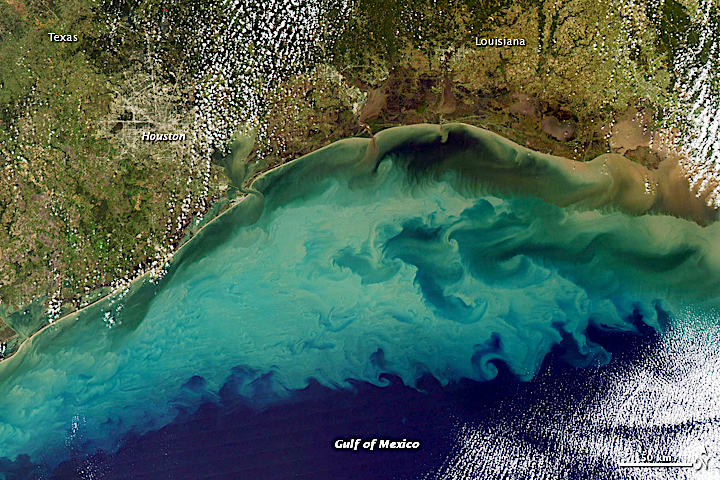A giant 'dead zone' - an area of ocean with low oxygen content - in the Gulf of Mexico continues to grow and could reach its record level in 2019, warn the scientists of the National Oceanic and Atmospheric Administration. The forecast for 2019 is approaching the record level o…







